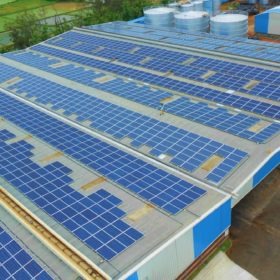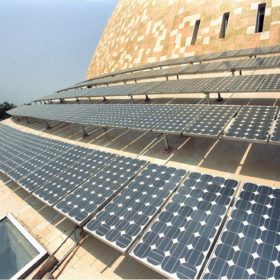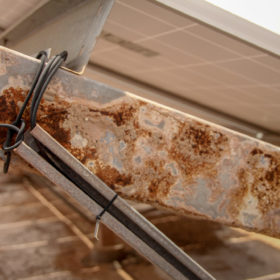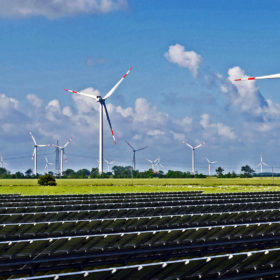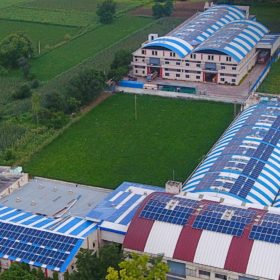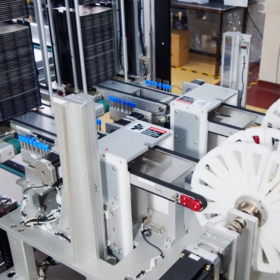Corporate renewable power procurement: Global models and their suitability for India
Commercial and industrial (C&I) sector consumes 51% of the total electricity generated in India, with a mere 3% of this consumption coming from renewable energy. To increase renewable energy uptake among C&I consumers, India needs to explore new models like virtual power purchase agreements, green tariffs, internationally tradable RECs that have already been successfully tried and tested in many countries—according to a report by climate advocacy group WWF India.
India and German development lender to launch rooftop solar scheme
Program aims to drive down the cost of solar electricity to a maximum of Rs2.50/kWh in a nation where tariffs vary wildly from state to state.
Assessing metal leaching from PV modules dumped in landfill
An Indian Institute of Technology research team analyzed around 300 studies about PV panel waste containing carcinogenic metals. The researchers said solar module recycling is not economically profitable and policy support is necessary to avoid panels being dumped in landfill.
Making Delhi A Solar City
The Indian capital has so far installed only 146 MW of rooftop solar capacity, against year 2019 target of 606 MW set under the Delhi Solar Policy. The slow growth is primarily due to certain myths among consumers which need to be debunked with better installer-consumer connect—says Delhi Solar Campaigner Sandeep Dahiya who currently leads the 100% UP, SeeNow, Energy & Power Sector reform work in India as a Campaigner at Purpose Climate Lab.
Clean energy investment in developing nations slumps as financing in China slows: BNEF
Clean energy investment across 104 emerging markets fell sharply by $36 billion in year 2018 from the previous year, even as their coal burn surged approximately 500 terawatt hours to a record high of 6.9 thousand terawatt-hours. Though the decline in clean energy investments was driven largely by China, inflows to India and Brazil also slipped by $2.4 billion and $2.7 billion, respectively. India, however, emerged as the market with greatest renewables potential.
India touches solar power capacity of 32 GW
As of October 31, a cumulative renewable energy capacity of 83.38 GW was installed in the country, which included 31.69 GW from solar, 37.09 GW from wind, 9.95 GW from biomass and 4.65 GW from small hydro.
Net metering policy change could mean end of rooftop solar in Maharashtra
The recently proposed guidelines allow electricity cost reduction of only Rs 3.64/unit for commercial and industrial consumers, which is not even sufficient to recover the capital costs of setting up the solar infrastructure.
Indian Railways eyes 500 MW rooftop solar by 2021-22
While 95.67 MW has already been installed on various railways buildings, 248.46 MW capacity—awarded by Railway Energy Management Company Limited—is under different stages of execution.
Cheap Indian imports claim prompts Bangladesh to introduce solar standards
Dhaka has heeded complaints about Indian manufacturers allegedly dumping sub-standard PV products over the border and issued a requirement for modules, inverters, charge controllers and batteries to attain IEC electrical standards.
AIIB expects $100 million annual investment in India’s renewables sector
The Beijing-headquartered Asian Infrastructure Investment Bank—which recently approved a US$75 million loan to Tata Cleantech Capital—sees private-sector investment flowing into the nation’s solar and wind projects next month onwards.
